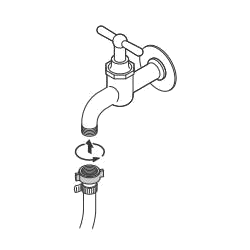
- Remove boiler front cover.
- Remove cap on boiler water inlet and attach hose fitting (Standard Nylex fitting or similar).
- Attach garden hose to the mains water supply.
If you smell gas, turn off the boiler. Turn off the gas supply at the gas station. Call your gas supplier. Do not remove, block or cover the flue. This could lead to dangerous fumes being released inside the home.

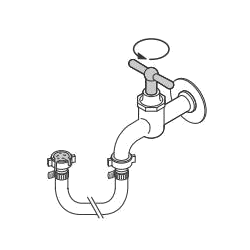
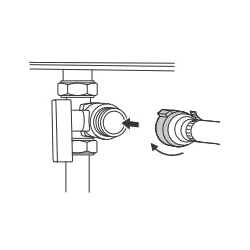
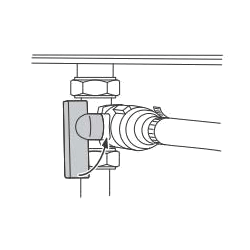
In the months after a system has been filled and periodically during the life of a system air bubbles can form in the water in the radiators. This will collect in the highest part of the radiators. Large amounts of air collecting in one radiator will cause the top to remain cold even when the rest of it is hot.
The aim of this task is to open the bleed valve at the top of the radiator that allows the air to escape. It is best to do this when the system is hot and at higher pressure. This may result in the system pressure becoming too low and needing to be topped up.
WARNING: Do not open the valve too far as there is a risk the centre pin will come out. An excessive amount of water would be lost from your system causing water damage to the building around the radiator.
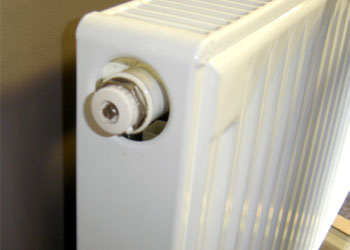
1. Locate the radiator bleed valve at the top, at one end of the radiator.
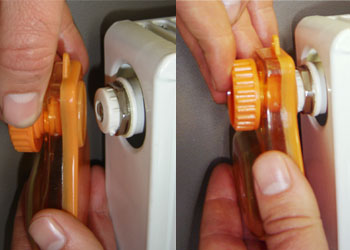
2. Rotate the white plastic end of the bleed valve (this doesn’t unscrew it) so that the hole points into the container.
3. Position the radiator bleeding tool supplied with this manual around the bleed valve.
4. Using the radiator bleeding key supplied unscrew the square shaped centre until you hear the hiss of air escaping. Don’t unscrew it too far as it may come out completely and excessive amounts of water will escape before you are able to replace it.
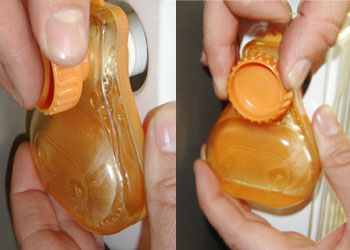
5. When most of the air has come out water will start to spray out. When there is a steady stream of water close the device. You can now empty the water from the bleeding tool.
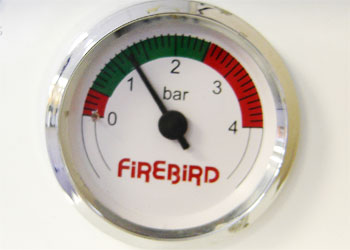
6. Check the system pressure to make sure it is still above 1 bar. If it isn’t, top up the pressure following the procedure in the user maintenance section of the manual.
Sometimes air can build up in a section of pipework and prevents water getting to one or more radiators. This is usually solved by turning off all the radiators that are working and then forcing the air into a radiator from which it is bled. To do this:
This sheet covers the typical errors that occur on a BRAN or AWR heat pump and outlines the steps to overcome the issue. Read this document from left to right ensuring you check and complete all the steps as you process through them.
If your central heating system is not working, please browse through our other troubleshooting items for a solution to the problem you are having. If you are unable to find a solution, please contact us and we will direct you to a person who will be able to help you diagnose and solve the issue you are having with your central heating system.